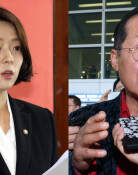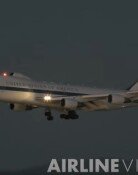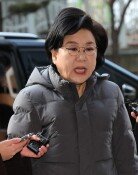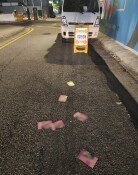[Opinion] Simulated Air Battles
For a fighter battling in the sky, the answer to five minus three is not two but four according to Lanchester`s laws. If a fighters performance and a pilots skills are equal, the difference in combat capability between five fighters on our side and three on the enemy are four, not 16, if one subtracts three squared from five squared. That is the conclusion of British scientist Frederick Lanchester, who analyzed air combat in the two World Wars. What his analysis indicates is that the strong is overwhelmingly superior to the weak.
The U.S. Air Force, which dominates the skies with the stealth fighter jet F-22 Raptor, carried out an experiment in 2006 that showed remarkable results overshadowing Lanchesters findings. An F-22 Raptor pitted against existing fighters such as the F-15, the F-16 and the F-18 won a sweeping 144-0 triumph.
The conventional fighters suffered the crushing defeat without shooting a single missile and even failed to spot the F-22. Given the superb capability and performance of the stealth fighter, its easy to see how powerful the F-35 Lightning II, which is under joint development by eight countries including the United States, will be. Its fighting strength is expected to go beyond imagination. Not to be outdone, China and Russia are also developing their own fifth generation fighters.
Next month, the Korean Air Force will hold a simulation battle between Korean and American fighters at Gunsan Air Base. Some 20 combat aircraft, including Koreas F-15K and American F-16, will participate. The event will assess pilot combat skills and the capabilities of the Korea-U.S. joint operation. Its also part of preparation for the Red Flag exercise, a U.S-led annual aerial combat drill using hundreds of fighters from NATO and other allies. The exercise started in 1975, when the shoot-down rates of American fighters plunged to 2.2:1 in the Vietnam War from 10:1 during the Korean War.
For winning in the air, oil prices also play a role, all the more so in this era of soaring prices. Poor nations have no choice but to curtail aerial training due to lack of fuel. Skyrocketing fuel prices are also exacting a heavy toll on North Korea. The reclusive country, which has more fighter jets than South Korea, is said to rely on maps for aerial training. To quickly respond to potential provocations from Pyongyang, Seoul should help the Korean Air Force secure enough time for air training by providing sufficient fuel.
Editorial Writer Yook Jeong-soo (sooya@donga.com)







